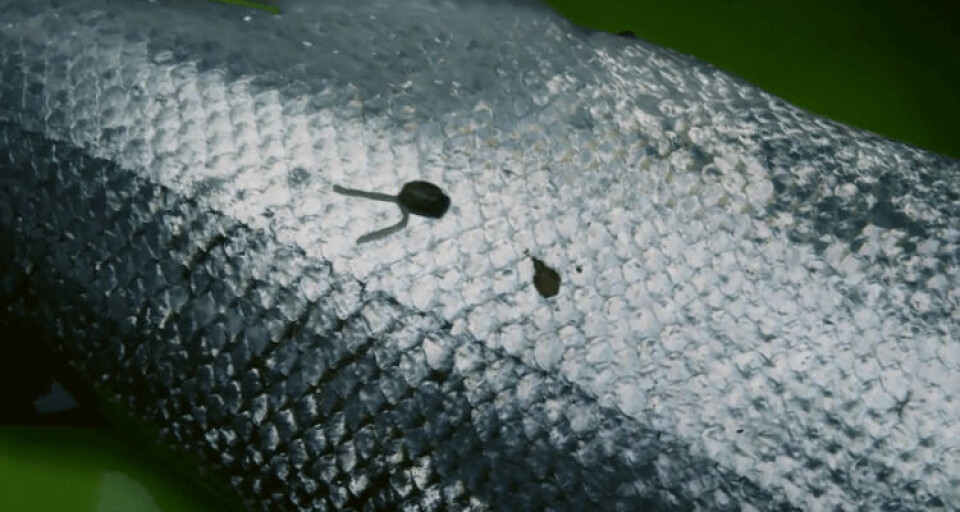
Treatment trend set to be reversed
The increase in the use of medicinal sea lice treatments should be reversed in coming years, according to one of Scotland’s most experienced salmon producers.
Steve Bracken, Business Support Manager for Marine Harvest Scotland – who has been in the industry for over 35 years – points out that, while the use of chemical delousing treatments may have increased 10-fold in the last decade, it is important to remember that salmon producers have been investing huge sums in innovative non-medicinal alternatives. And that these methods, while taking time to perfect, are beginning to bear fruit.
A recent Freedom of Information request by a well-known anti-salmon farming activist showed that the use of lice treatments rose by 952% (from 45kg to 467kg) between 2006 and 2016, a period when salmon production rose by only 35%, a statistic that has gained widespread media coverage. During this time the use of medicinal treatments peaked in 2012, before falling for two years, then rising again during 2015 and 2016, but Mr Bracken believes that innovative new strategies will help ensure that the trend starts to go downward.
“Our ambition is to make sure that sea lice control is based principally on non-medicinal approaches and reduced use of medication. We are investing heavily in the production of cleaner fish and in the use of equipment such as Hydrolicers, Thermolicers, deep pen lighting and deep feeding and skirts around pens. R&D is also playing a major role in developing new methods of managing sea lice,” he explains to Fish Farming Expert.
He is also at pains to point out that all treatments are approved by the Scottish Environmental Protection Agency (SEPA).
“It’s important to recognise that all sea lice medicines are sanctioned by SEPA using rules designed to ensure that there is no significant or long term effect on the environment. All medicines are licensed and can only be prescribed by a veterinarian. Our focus has been on developing a sea lice strategy to keep the number of treatments to a minimum by making each one work more effectively,” Mr Bracken adds.
Those treatments which are currently approved are Azamethiphos (Salmosan), Emamectin benzoate (Slice), and Deltamethrin (Alpha Max) – with the former by far the most popular. Meanwhile Cypermethrin (Excis) and Teflubenzuron (Calicide) have not been used since 2011 and 2014 respectively.























































